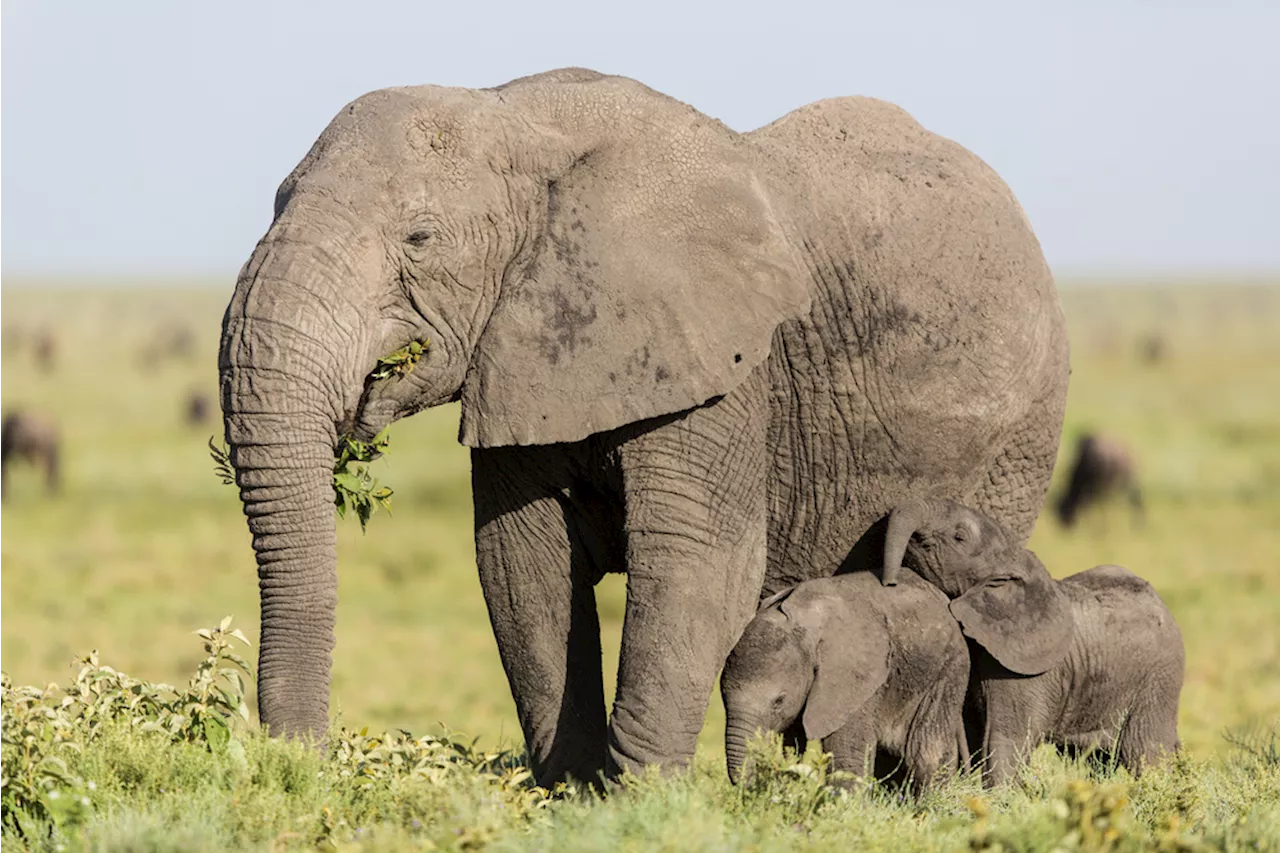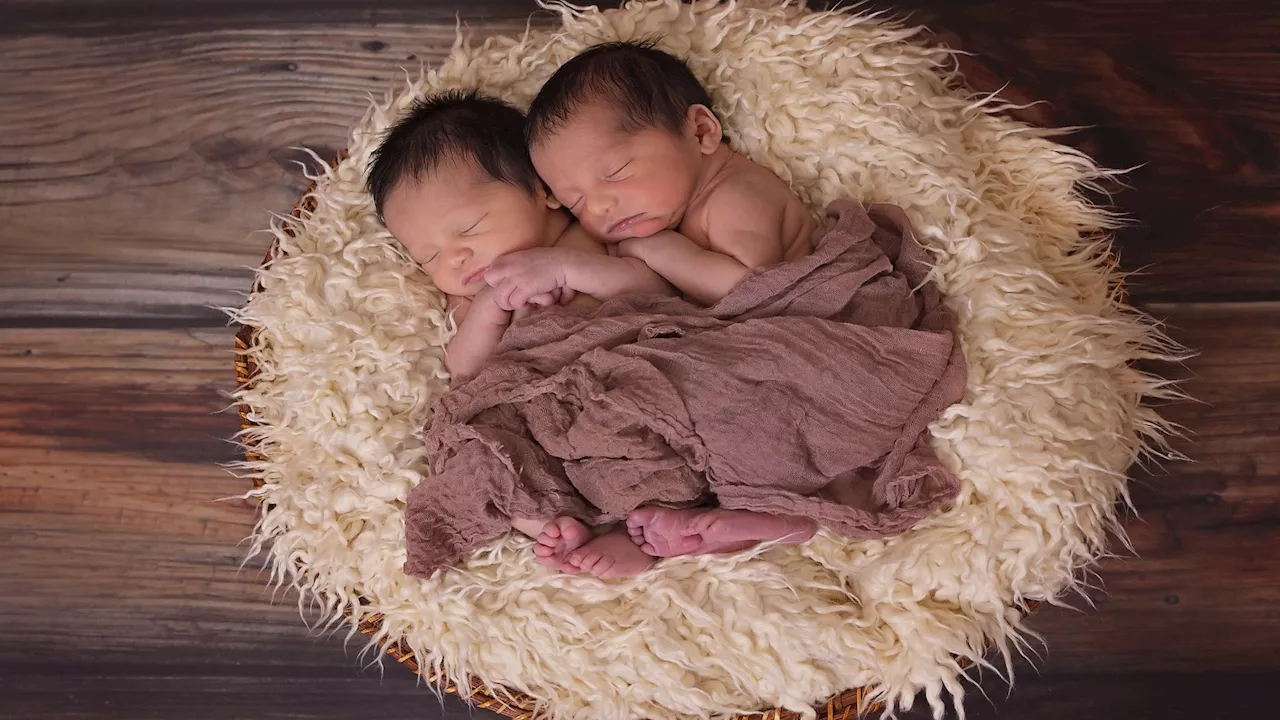A new study reveals that twin births were common among primates 60 million years ago, before a shift towards single offspring births coincided with the evolution of larger brains and bodies in our ancestors.
A recent study finds that twins were the norm 60 million years ago until we needed more room to grow bigger bodies and brains. Sixty million years ago most primates had twins automatically but our mammalian ancestors ceased birthing them to give us an evolutionary advantage, according to the findings of a new study.
Anthropologists from Western Washington University and Yale University performed a thorough investigation of the litter size in our mammalian family to support a longstanding study surrounding the size of the human body and brain. After exhaustive mapping, research, and tests, researchers effectively overturned the commonly held belief that primates such as lemurs, lorises, tamarins, and marmosets that regularly give birth to twins and triplets were exceptions to the general rule. Primates tend to give birth to one offspring. However, 60 million years ago, having twins was the norm among primates, which changed everything anthropologists understood to be true. Most compellingly, that point in our evolution, when primates shifted into a primarily single-bearing species, coincided with encephalization, or the evolutionary increase in the brain’s size and complexity. Shows that litter size played an essential role in mammalian evolution and determining if a species will have a slow or fast life. Head researchers Jack McBride and Tesla Monson have been studying litter size for several years, as they have been quoted as saying in that “assessing this life history trait across the mammalian phylogeny…can shed light on the evolutionary processes shaping human evolution.” Not suspecting that they would refute the current narrative, they approached their research intending to conduct a broad and in-depth survey of the number of babies our ancestors produced. They mapped the litter size of up to 1000 mammals using mathematical algorithms to study patterns. However, family fossils are impossibly rare, so they drew their data from living specimen
EVOLUTION PRIMATES TWINS BRAIN SIZE LITTER SIZE
United States Latest News, United States Headlines
Similar News:You can also read news stories similar to this one that we have collected from other news sources.
 Babies Born in Chicago on New Year's DayVarious births across Chicago hospitals on New Year's Day, including unique details about some births.
Babies Born in Chicago on New Year's DayVarious births across Chicago hospitals on New Year's Day, including unique details about some births.
Read more »
 Twin Pregnancies May Have Been the Norm in Primate EvolutionNew research suggests that twin pregnancies may have been more common in primate evolution than previously thought. Scientists studied the litter size of various mammal species to reconstruct the history of primate reproduction.
Twin Pregnancies May Have Been the Norm in Primate EvolutionNew research suggests that twin pregnancies may have been more common in primate evolution than previously thought. Scientists studied the litter size of various mammal species to reconstruct the history of primate reproduction.
Read more »
 Rare Elephant Twins Born in ThailandThis news article reports on the rare birth of twin elephant calves in Thailand, highlighting the significance of this event. It discusses the rarity of twin births in elephants, the challenges faced by mothers raising twins, and the survival rates of twin calves in the wild.
Rare Elephant Twins Born in ThailandThis news article reports on the rare birth of twin elephant calves in Thailand, highlighting the significance of this event. It discusses the rarity of twin births in elephants, the challenges faced by mothers raising twins, and the survival rates of twin calves in the wild.
Read more »
 Flood disasters associated with preterm births and low birth weightsA new analysis of more than 3,000 studies from around the world reveals that globally, flooding increases preterm births by about 3%. Children who were in utero during a flood event are also more likely to have a low birth weight.
Flood disasters associated with preterm births and low birth weightsA new analysis of more than 3,000 studies from around the world reveals that globally, flooding increases preterm births by about 3%. Children who were in utero during a flood event are also more likely to have a low birth weight.
Read more »
 World Population Reaches 8 Billion, US Sees Growth Driven by Migration and BirthsThe world population hit 8 billion in 2023, according to the U.S. Census Bureau. The U.S. population also increased, with births exceeding deaths and significant migration.
World Population Reaches 8 Billion, US Sees Growth Driven by Migration and BirthsThe world population hit 8 billion in 2023, according to the U.S. Census Bureau. The U.S. population also increased, with births exceeding deaths and significant migration.
Read more »
 Births outnumbered deaths as US and world population surge in 2024Justin Boggs is a writer for the E.W. Scripps company. Justin covers anything from politics to sports and entertainment.
Births outnumbered deaths as US and world population surge in 2024Justin Boggs is a writer for the E.W. Scripps company. Justin covers anything from politics to sports and entertainment.
Read more »
